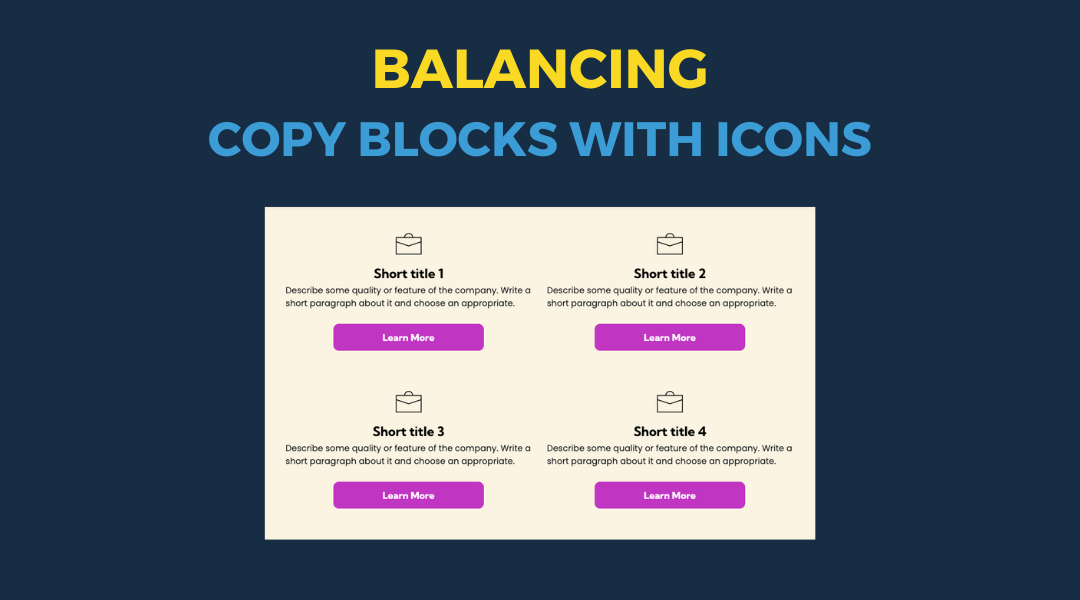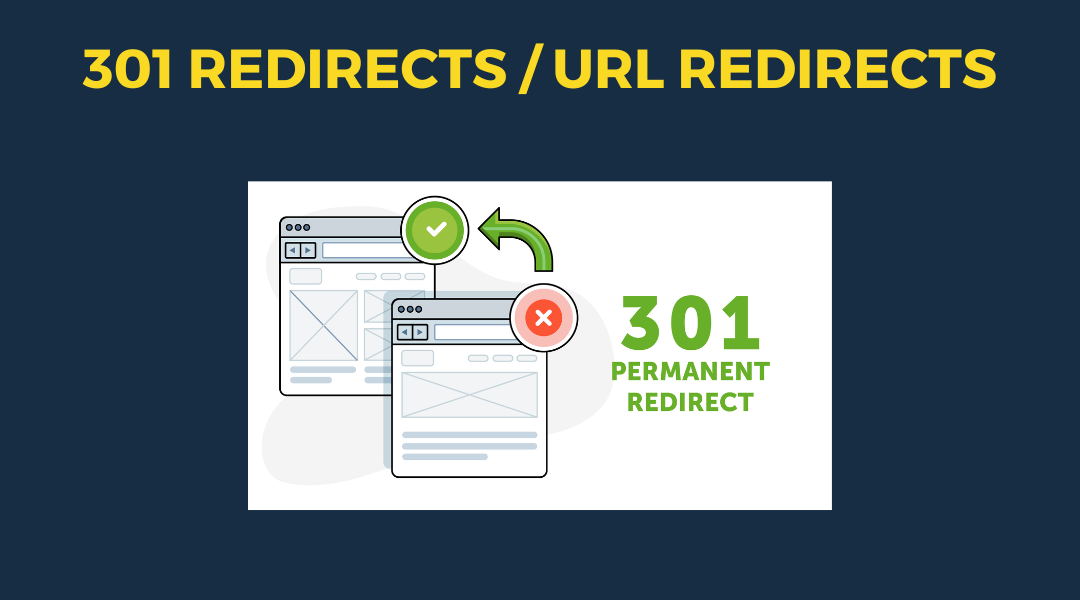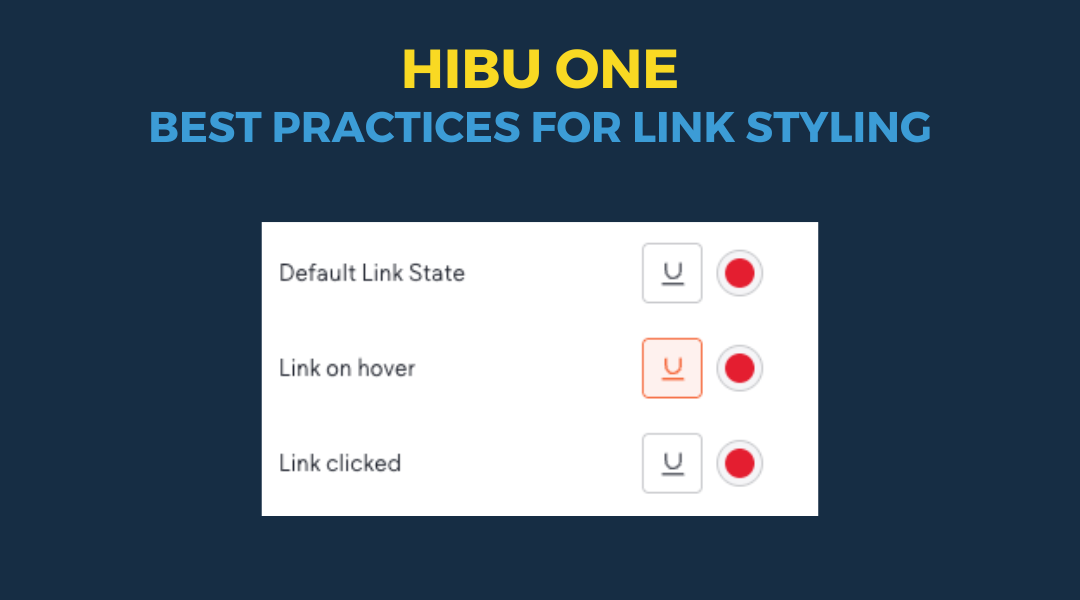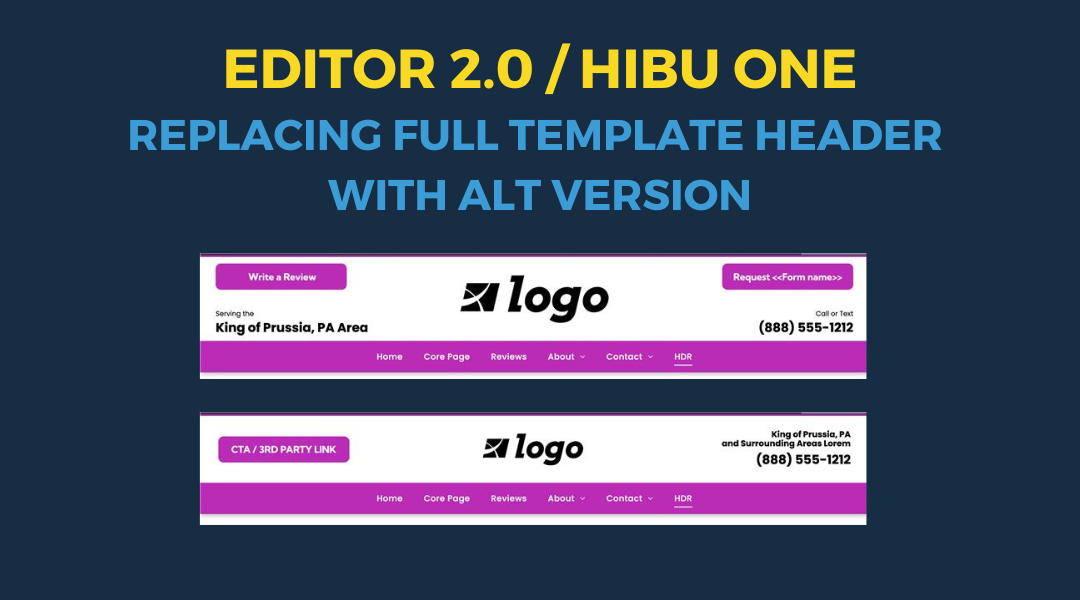Blog-Based Inventory System — Production Specification
Overview
The following outlines the production workflow and structural requirements for using the blog feature as a dynamic inventory system on Hibu websites.
This solution is designed to replace a client’s existing DIY inventory section—typically built using manually created pages or custom layouts—by introducing a structured, templated approach using the blog feature.
Why this matters:
Clients can no longer create new pages themselves, which previously limited their ability to add inventory items. This blog-based approach restores that flexibility in a controlled, SEO-friendly, and scalable format.
Key Advantages:
- Solves for the removal of DIY page creation by offering a sanctioned, user-manageable alternative
- Provides a repeatable, templated process for publishing inventory items
- Leverages tags, title tags, and meta descriptions for better SEO and search filtering
- Ensures visual consistency and user experience parity with the client’s former DIY setup
- Scales easily and allows client self-management post-launch
Each inventory item is represented as a blog post—fully styled, tagged, and optimized—allowing the client to continue growing their inventory catalog without needing to rely on customer service to add every new product update.
1. Blog as Inventory: Core Concept
- Each blog post = one inventory item (e.g., a golf cart, used vehicle, appliance, etc.).
- The blog post functions as a product listing page and includes:
- Product title
- Specifications
- Description
- Gallery of images
- SEO metadata (title tag, meta description)
- Structured data via blog schema
This repurposing allows for dynamic listing display, easy future editing, and search engine visibility.
2. Design Stage: Creating the Parent Inventory Post
Purpose
Create a fully designed inventory blog post that acts as the parent template for all current and future inventory items.
This initial post must:
- Match the client’s current inventory presentation style.
- Be structured for repeat use by production and by the client post-handoff.
Requirements
- Style the post to reflect client branding and existing formats.
- Include placeholders for:
- Product title (e.g., 2023 Ezgo RXV Golf Cart)
- Product type, make/model, SKU
- Gallery of images
- Specifications and description
- Short summary / meta description
- Ensure use of correct heading structure (H1, H2, etc.).
- Apply blog schema where applicable.
Note: This approach is a direct response to the removal of client-side DIY page creation. By templating the inventory system inside the blog, we enable clients to continue managing and adding inventory items without needing page-level access.
The designer-created parent post becomes the foundation for all future inventory entries and should never be overwritten. It must be
duplicated
each time a new inventory item is added.
3. Content Replication & Launch Setup
Production Steps
Once the master inventory post is complete:
- Duplicate the template post to create the initial inventory catalog.
- Determine the number of posts needed (typically 3, 6, 9, or full inventory).
- Replace all placeholder content with actual product data.
- Title
- Specs
- Pricing
- Images
- Tags
- Title tag and meta description (see Sections 4 & 5)
- Publish each blog post.
- Publish the website after all posts are live (required for public visibility).
4. Tagging Structure for Filtering & Search
Use blog
tags to power search filtering and category grouping.
Inventory Post Tags
Add tags based on:
Manufacturer (e.g., Ford, Honda)
- Year or Model (e.g., 2023 Accord)
- Price range (e.g., Under 10k or Under, 10,000, Under 15k)
- Inventory type (e.g., used, electric, SUV, 4-wheel drive)
These tags support filtering/searching from the blog interface.
Special Case: Existing Blog Content
If the client already has a blog:
- Tag all existing editorial posts with blog,
- Tag all inventory posts with inventory.
- Set up filtered blog widgets (see Section 6) to control visibility by tag.
5. SEO Metadata Configuration
Title Tag
- Default: Matches the blog post title.
- Client Instructions: Augment title tag manually via the gear icon.
- Recommended format: [Post Title] For Sale | [Dealership Name] | [Location] (space permitting)
Meta Description / Summary
- Also controlled via the gear icon.
- Used for:
- Blog roll snippet display
- Meta description in SERPs
- Recommended templated format:
For sale: [Year] [Make] [Model]. Excellent condition. Available now at [Dealer Name], [Location]. Click to view specs.
6. Blog Page Setup (Two Scenarios)
Scenario A: No Existing Blog
- Create new page (e.g., Inventory, For Sale) and add to global nav.
- Hint: Reference the client’s existing DIY inventory section for terminology and structure. Align page naming with what users are already familiar with.
- Page setup:
- Thin hero with matching page title
- Add Most Recent Posts widget filtered to display up to 50 posts
- Grid layout (3-column preferred)
- Turn on “Read More” button with a meaningful CTA (View Specs, Learn More, See Details)
- Hint: Review the
client’s current CTAs (if they have buttons like “View Details” or “More Info” on their existing site) and use the same language for consistency.
Scenario B: Existing Blog in Use
- Tag all
inventory posts with
inventory. - Tag all
editorial blog posts with
blog. - Create new page (e.g.,
Inventory) and add to nav. - Use Most Recent Posts widget
filtered to
inventorytag. - Modify existing “Blog” page:
- Use widget filtered to show only
blog-tagged posts.
7. Client Enablement & Training Checklist
Why This Step Is Critical
Since clients can no longer create new pages themselves, this blog-based system is the only supported method for independently adding new inventory items post-launch. A guided walkthrough ensures clients understand and feel confident in managing their inventory going forward.
Training Agenda
Blog Post Creation
- Instruct the client to never click “Create New Blog Post.”
- Instead, they must:
- Duplicate an existing inventory post.
- Replace all relevant content with new product data.
- Maintain the layout and formatting structure established in the template.
|Editing Metadata
- Show how to click the gear icon (Options) to edit:
- Post tags (for search filtering)
- Title tag (for SEO visibility)
- Meta description / summary (used both on the blog roll and in search engine snippets)
Publishing Workflow
- Emphasize the two-step publishing process:
- Publish the blog post.
- Publish the website.
- If the client publishes only the post and skips the website publish, the inventory item will not appear live.
Image Upload and SEO Tips
- Use descriptive, hyphenated filenames (e.g., 2022-blue-ezgo-golf-cart-for-sales-NOB
.jpg) - Avoid generic image names (e.g., image-2302.jpg)
- Compress large images to maintain page speed
- Add short, relevant ALT text for each image
This training ensures clients are equipped to manage their inventory catalog independently, using a system that preserves consistency, supports search visibility, and eliminates reliance on production for ongoing updates.



